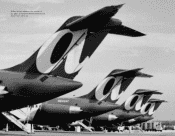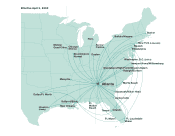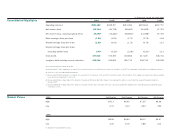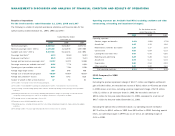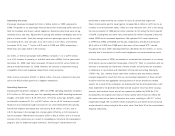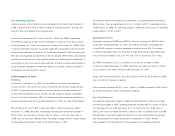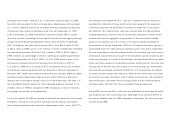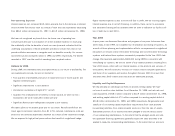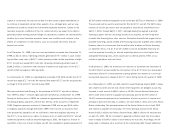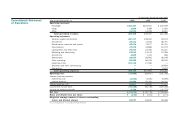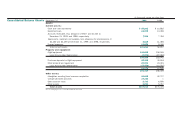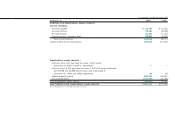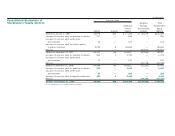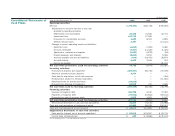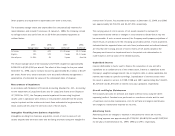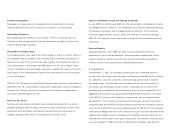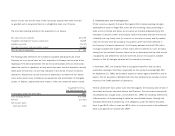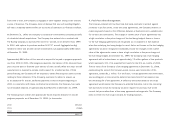Airtran 1999 Annual Report Download - page 27
Download and view the complete annual report
Please find page 27 of the 1999 Airtran annual report below. You can navigate through the pages in the report by either clicking on the pages listed below, or by using the keyword search tool below to find specific information within the annual report.
Business Strategy
Even though we currently have no plans to do so, we may change our business strategy
in the future and may not pursue some of the goals and initiatives stated herein.
Quantitative and Qualitative Disclosures about Market Risk
Market Risk Sensitive Instruments and Positions
We are subject to certain market risks including interest rates and commodity prices
(i.e., aircraft fuel). The adverse effects of changes in these markets pose a potential
loss as discussed below. The sensitivity analyses do not consider the effects that
such adverse changes may have on overall economic activity nor do they consider
additional actions we may take to mitigate our exposure to such changes. Actual
results may differ. See the notes to the consolidated financial statements for a
description of our Company’s financial policies and additional information.
Interest Rates
As of December 31, 1999, and 1998, the fair value of our long-term debt was
estimated to be $392.3 million, and $175.3 million, respectively, based upon
discounted future cash flows using current incremental borrowing rates for similar
types of instruments or market prices. Market risk, estimated as the potential
increase in fair value resulting from a hypothetical one percent decrease in interest
rates, was approximately $8.0 million as of December 31, 1999, and approximately
$4.2 million as of December 31, 1998.
Aircraft Fuel
Our results of operations are impacted by changes in the price of aircraft fuel.
Excluding the impairment charge, aircraft fuel accounted for 15.3% and 16.7% of
our operating expenses in 1999, and 1998, respectively. Based on our 2000 pro-
jected fuel consumption, a 10% increase in the average price per gallon of aircraft
fuel as of December 31, 1999, would increase the fuel expense for the next twelve
months by approximately $10.8 million, net of hedging instruments outstanding at
December 31, 1999. Comparatively, based on 1999 fuel usage, a 10% increase
in fuel prices would have resulted in an increase in fuel expense of approximately
$2.8 million, net of hedging instruments utilized during 1999. The increase in
market risk is primarily due to our fuel hedging contracts covering significantly more
fuel requirements in 1999 than in 2000. In 1999, we entered into fixed rate swap
contracts and jet fuel purchase commitments in order to manage the price risk and
utilization of fuel cost. At December 31, 1999, we had hedged approximately 11%
of our projected fuel requirements for the first six months of 2000.


